 Outskirts Press, Inc.Denver, Colorado
Outskirts Press, Inc.Denver, ColoradoThe opinions expressed in this manuscript are solely the opinions of the author and do not represent the opinions or thoughts of the publisher. The author has represented and warranted full ownership and/or legal right to publish all the materials in this book.
Command Influence
A story of Korea and the politics of injusticeAll Rights Reserved.
Copyright 2010 Robert A. Shainesv3.0
Cover Photo 2010 JupiterImages Corporation. All rights reserved - used with permission.
This book may not be reproduced, transmitted, or stored in whole or in part by any means, including graphic, electronic, or mechanical without the express written consent of the publisher except in the case of brief quotations embodied in critical articles and reviews.
Outskirts Press, Inc.
http://www.outskirtspress.com
Paperback ISBN: 978-1-4327-5068-8Hardback ISBN: 978-1-59800-021-4
Outskirts Press and the OP logo are trademarks belonging to Outskirts Press, Inc.PRINTED IN THE UNITED STATES OF AMERICA
Acknowledgements
Thanks to the following:
To my loving wife, Denise, who proofed, advised, and encouraged me to complete this book and told me when I should make the story more interesting.
To my daughter, Pamela Ikegami, for proofreading and helping me to lay out my story.
To my buddy, Larry P. McManus, for his encouragement and advice and his positive critical reviews.
To my assistant, Eileen Fraser, for helping me to organize this book for publication and coming through with help at every phase of production of the manuscript.
To Pat Lynch for her encouragement and suggestions.
To all of those brave men who gave their all in the Korean Police Action; and to those
Graybeards who carry memories within their hearts today; and
In memory of Lieutenant George C. Schreiber, may he rest in peace.
Foreword
By Admiral george e.R.kinnear II
ThIS CoMPELLInG STory of Lt. George C. Schreibers encounter with the military legal system during the Korean War provides a penetrating look into a lamentable time when politics, bias and personal opinioncombined in the form of command influence to subvert justice.
Schreiber, by all accounts a fine young man and an exemplary officer, was caught in a web when he was charged with the premeditated murder of a Korean civilian and found guilty by court martial. robert Shaines, then a relatively inexperienced young Air Force JAG officer, was unable, despite his best efforts, to prevent his client from being victimized, leaving his life in ruins.
now, more than 50 years later, after long reflection and with the experience, knowledge and maturity gained through a distinguished career as a practicing attorney, Shaines recounts the entire episode with clarity, insight and objectivity.
Shaines meticulously researched, thoroughly documented firsthand account provides a eye-opening look into the wholesale problems that permeated the military justice system at that time, and even exposes senior officers who, sometimes as a result of incompetence and often for purposes of personal gain, allowed them to go unchecked.
Its a fascinating story long overdue in the telling, and richly reward
h vii hing to any reader who values the truthhowever painful or damning it might be.
Dr. George E.R. Kinnear II is a retired Admiral of the US Navy, He served as the Chairman of the Retired Officers Association (now MOAA); Interim President of the University of New Hampshire; and Corporate Senior Vice President of Grumman Aerospace Corporation. Dr. Kinnear served on various boards, including Compaq Computer Corporation, the Aerospace Corporation and Precision Standard Corporation. Dr. Kinnear received his Ph.D. (Engineering Management) and MS (Industrial Engineering) from Stanford University. He is one of the four members of the Kindal Associates of Portsmouth New Hampshire.
Admiral Kinnear commanded the Naval Air Force U.S. Atlantic Fleet and served as the U.S. member of the NATO Military Committee in Brussels. He has personally flown aircraft ranging from yesteryears propeller-driven biplanes to todays F-18 fighter jet. He has the distinction of flying four different jet aircraft in combat during Vietnam and the propeller driven AD during the Korean War. He has logged more than 5,000 pilot flying hours and more than 950 carrier landings.
h viii h
Authors Comments
The Schreiber, Toth, and Kinder murder charges were initiated under the 1951 version of the Uniform Code of Military Justice. The American Articles of War and the Articles for the Government of the navy predated the Constitution and the Declaration of Independence. These Articles were based on the 1774 British Articles of War. They remained essentially unchanged through the First World War. Up until World War I, the United States maintained a small standing army and navy, so there was no call to change the long-standing system of military justice in the United States. Those entering the armed forces as volunteers understood that they would live under a different standard of justice than the civilian population.
In World War II, there were more than sixteen million citizens serving in the armed forces, most of whom were not volunteers but were drafted as citizen-soldiers. In World War II, there were approximately two million courts-martial during the war years. There were more than sixty general courts-martial convictions for each day until the peace treaties were signed. There were eighty thousand felony convictions during the war by military courts. Many of those convicted of offenses by courts-martial were citizen-soldiers and sailors who resented the way that military and naval courts were controlled by the commanders, often allowing command influence to run rampant in such proceedings. Almost every safeguard of the Constitution was eviscerated in the armed forces. After the end of the war, several organizations concerned about justice for our military personnel lobbied Congress to make improvements to the system. Congressional hearings were held and led by the American Legion and the American Bar Association. The Uniform Code of Military Justice (UCMJ) became the militarys criminal code, effective in 1951. The Manual for Courts-Martial (MCM), 1951, was published and distributed throughout the armed forces as an executive order. The Code has been amended several times since then, and there have been several versions of the MCM published, the latest being in 2008. There have also been significant changes, such as the establishment of an independent judiciary of military judges, the use of the Federal rules of Evidence, the establishment of military judges and the establishment of the Court of Appeals for the Armed Forces with civilian appellate judges. There will soon be the right to appeal to the U.S. Supreme Court from the military courts. While this now exists only when the Court of Appeals for the Armed Forces refers such a case, it will exist as of right within the next year.
The Uniform Code of Military Justice (UCMJ is implementedthrough Executive orders of the President, pursuant to his authority under Article 36 of the UCMJ, 10 U.S. Code Section 836. These Executive orders form the Manual for Courts-Martial. Each branch of the armed forces has established voluminous regulations under the Secretaries of the various military services further implementing the Executive orders, such as Air Force Instruction 51-201, Administration of Military Justice.
While I have been harsh and critical of the administration of military justice in the Air Force in 1952 and 1953, I am aware that Congress and the military judge advocates themselves were aware of the shortcomings of the new Code of Military Justice and its implementation, coupled with the evils of command influence over the system of courts-martial. Commencing in the early 1960s, Congress was lobbied by The American Legion, the American Bar Association
Next page



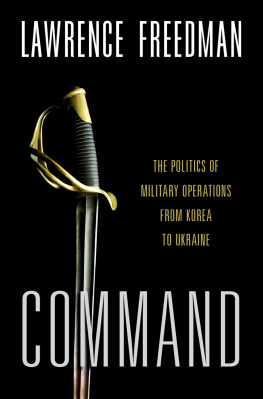
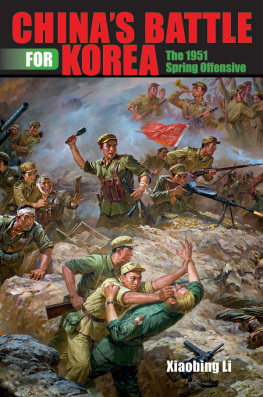

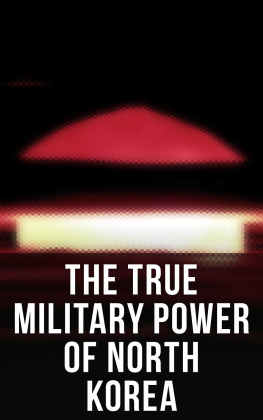



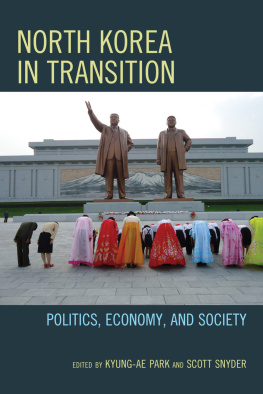
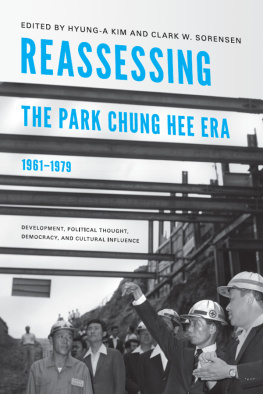
 Outskirts Press, Inc.Denver, Colorado
Outskirts Press, Inc.Denver, Colorado